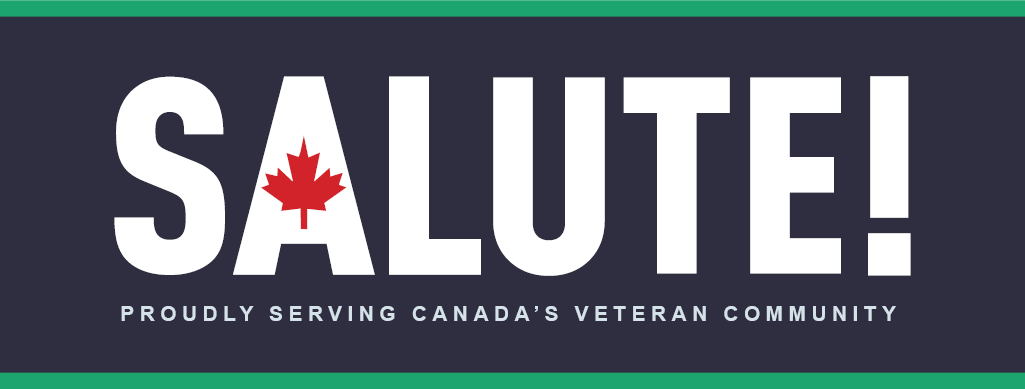Table of Contents
A message from the Minister
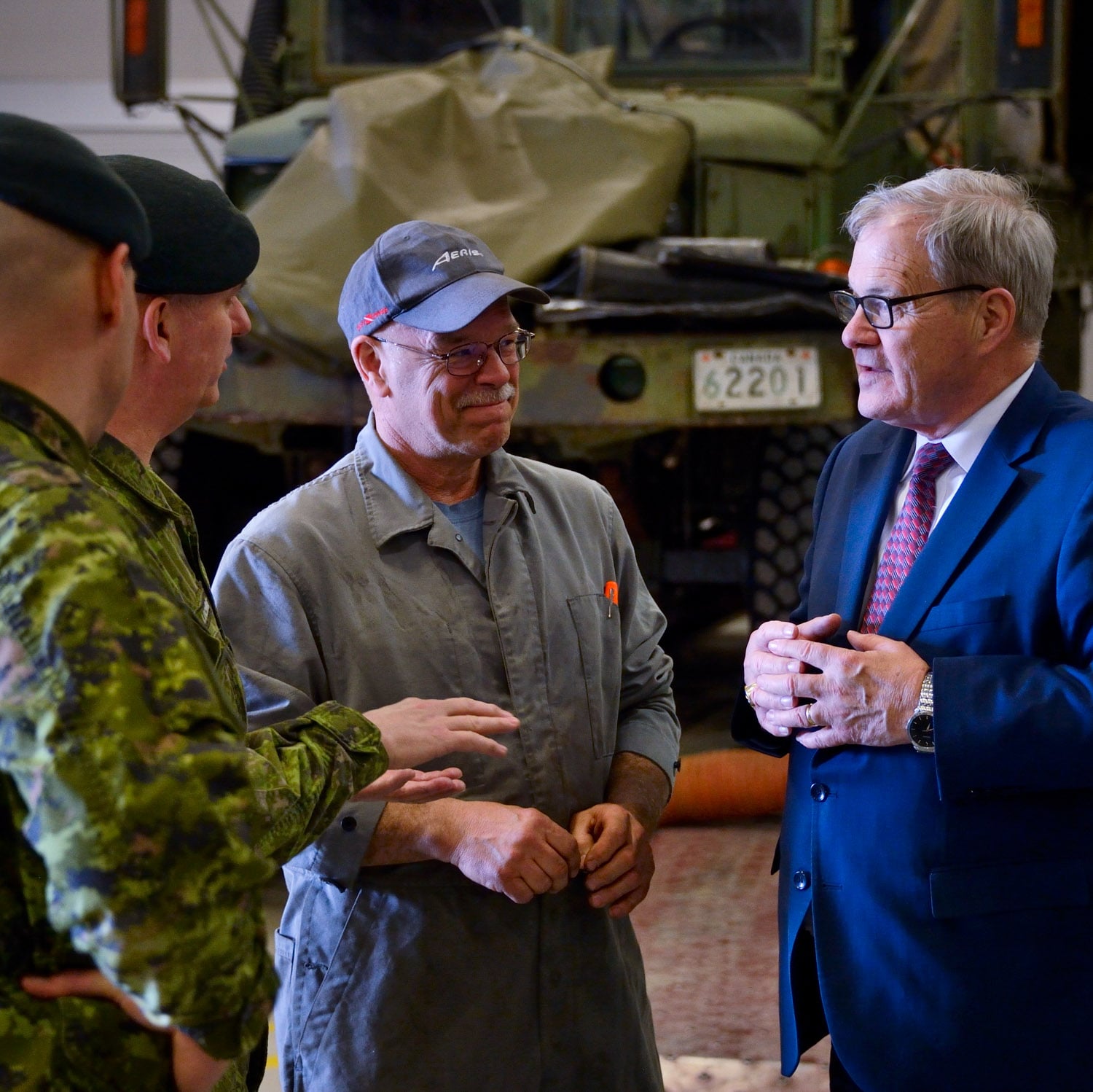
The men and women who join the Canadian Armed Forces intend to make military service their careers. When they leave the forces due to illness or injury, they experience huge change. In some cases, their release comes much earlier than they planned for. We help them transition to new lives after service.
On 1 April 2019, we restored the option of monthly compensation for life in recognition of the pain and suffering Veterans experience as a result of career-related injury or illness. Depending on what is best for you and your family, you may also accept this compensation as a lump-sum payment.
In addition, Veterans will receive 90 percent of their pre-release salary as a monthly income replacement benefit, as long as they receive physical, vocational or psycho-social rehabilitation—for the rest of their lives, if they need it.
Financial compensation, however, is only the first part of the transition to post-service life. A truly successful shift into a new life after service means re-establishing in a new community, and often a new career.
That is why we have new programs to help you access additional education or training to secure a post-service career that is best for you.
Our research, and consultations with Veterans, has been the driving force behind these enhancements. These programs support your well-being and are focused on ensuring your financial security, furthering your education and training, and providing you with additional family support.
As we move ahead with these changes, we will also honour the past. This year, we will pay tribute to those who gave so much for our nation as we mark the 75th anniversaries of D-Day and the Italian Campaign.
Our goal is to support all of the men and women who served and continue to serve our great country, and to be there for them when they release, if and when they need us.
The Honourable Lawrence MacAulay
Minister of Veterans Affairs
Associate Minister of National Defence
Your well-being matters
Every year, approximately 5,000 Regular Force members of the Canadian Armed Forces transition from the military to post-service life. In the Life After Service Survey 2016, 52 percent of Veterans said they had easy transitions, while 32 percent said they had difficulties adjusting to their lives after service. Difficult transitions put Veterans' well-being at risk.
Your experience was life changing—embrace it
A life-changing event is not always a bad thing. It can be what happens when you become part of something bigger than yourself. It can be something that gives your life new meaning, a new mission, and a new sense of purpose. Experiences like this can change the way you see yourself and change your feelings about how others see you.
Remember that every Canadian Armed Forces member will experience transition differently. Embracing your unique situation is your first step to a successful transition.
Good health alone does not equal well-being
Research shows that health—physical, mental, social and spiritual functioning—is but one of seven critical domains of well-being. Your sense of purpose, financial security, ability to adapt to change, personal relationships, housing and community networks matter too. And all seven domains are linked.
For example, your employment can impact your health, your finances and how you see yourself in society. Meanwhile, your health, financial situation and social integration can affect your ability to find or keep a job.
Your well-being goals are unique to you and your family. We can play an important role in supporting them. Our mission is to stand beside you as you adapt to life after service.
THE SEVEN DOMAINS OF WELL-BEING

Employment or meaningful purpose
Engaged in new work, spending time with family and/or retirement.

Financial security
What's needed to ensure well-being in all domains.

Health
Functioning well physically, mentally, socially and spiritually.

Life skills and preparedness
Able to adapt expertise and manage post-service life.

Social integration
Maintain or develop mutually supportive relationships.

Housing and physical environment
Safe, adequate and affordable accommodation.

Cultural and social environment
Understood, valued and supported by the community.
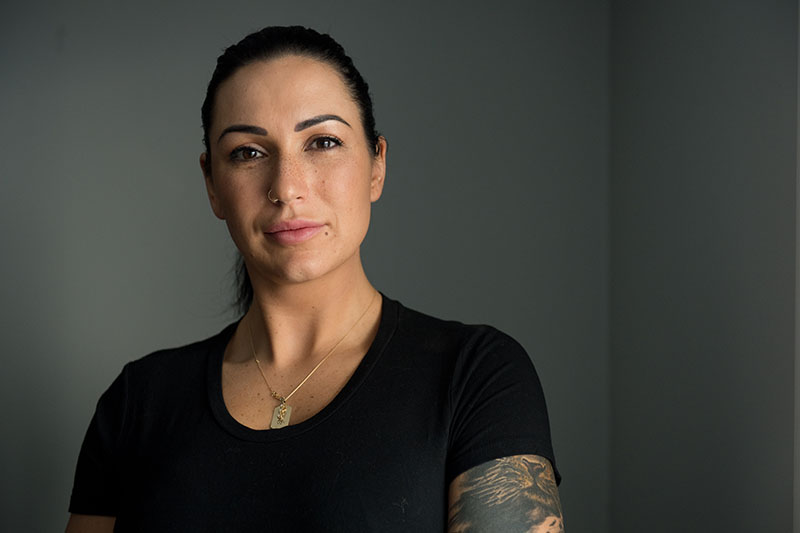
Charting a new path
THE EDUCATION AND TRAINING BENEFIT
Cpl. Bambi Gray (Retired) served for seven years as a member of the Canadian Armed Forces (CAF), here and abroad. As much as she loves the military, however, there eventually came a point when she knew that she needed to make a change.
“My advice to people in the military is to have several plans,” she says. “My decision to leave the military was like my Plan H. You find that plans A, B, C, D, E, F and G have a way of not working out.”
Bambi released as a supply technician from the Canadian Armed Forces in 2018. She is now a full-time student at the University of Ottawa —with support from Veterans Affairs Canada.
“I decided to get out,” she says. “I weighed the pros and cons about staying in the Reserves and stressing about working part time and going to school full time, and the Education and Training Benefit just made sense for me.”
The Education and Training Benefit can help you achieve your education, career and personal development goals. You may qualify to receive up to $80,000 in funding. Whether you are furthering your education, as Bambi is doing, or starting out on an entirely new path, this benefit is the perfect place to start.
“I want people in the military to know that they have options and that this program can give anyone an opportunity. It's not just for someone who medically releases,” she says. “My mental health is blooming compared to six months ago. The benefit has been amazing.”
A family military history
Bambi was born and raised in Kingston, Ontario —one of Canada's proudest military cities. Even before she turned 12 years old—the official age of entry for army cadets—she owned a uniform and had unofficially completed many of the cadet requirements.
Bambi left the cadets when she was 18. She attended college and worked for a period of time as a behavioural therapist. But the job didn't feel right. When she started to think about what she really loved, she remembered all those years in the cadets.
“It was what made me happy,” she says. “I really enjoyed the structure of it.”
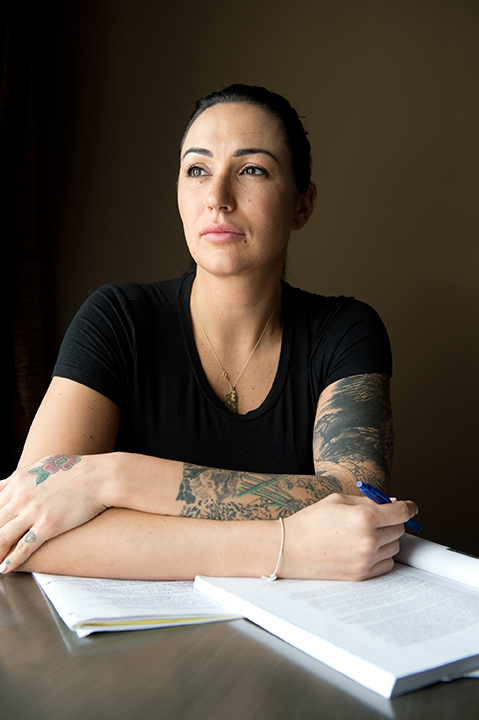
You need to reach out to VAC and find out how they can help you. They want to help you.
Bumps, bruises and purpose
Bambi enlisted in the CAF in 2011. About a year later, she was posted at Canadian Forces Base Petawawa, where she worked as a supply technician. Her duties ranged from operating large vehicles to using a wide range of tech equipment—all of which required almost constant training. Her second deployment was Operation IMPACT in Iraq in 2017.
A seven-year military career can lead to some pretty bad bumps and bruises. In addition to the Education and Training Benefit, Bambi has received other benefits and services from Veterans Affairs Canada, including treatment three times a week for a bad back.
“You need to reach out to VAC and find out how they can help you,” Bambi says. “They want to help you.”
New training, new opportunities
Bambi is adjusting to university life. She says the Education and Training Benefit is giving her options she would not otherwise have, and she encourages all members of the CAF, especially those who are thinking about a making a change, to look into it.
“The process of filling out the application online was very simple to do and the people on the phone at VAC were very supportive,” she recalls.
Even though she only recently started pursuing her BA in Criminology, the military still isn't far from Bambi's mind and she may one day rejoin and use her education to help advance her military career.
A website designed by Veterans for Veterans
Nearly three million people visit our website every year. That is why we recently redesigned our website to make sure you can find the information you need when you need it. The design and structure of our new website was user-tested by the Veteran community across Canada. You made the design more modern and easy to follow. You reorganized our information—for you. Thank you for your input in improving our website.
A website dedicated to military career transition
For many years, there was confusion among Canada's military members about who is responsible for their transition upon release. One of the ways we are working closely with National Defence and the Canadian Armed Forces to make transition easier is by improving the quality of information available throughout the process.
Over the past year, we have been working with the Canadian Armed Forces to develop a joint website that lists both organizations' programs and services for transitioning members and their families. The website also organizes these programs and services within a three-part transition timeline to help users understand when they should consider accessing them.
This website provides one, single access point where members, Veterans and families can access information on support and services throughout the transition process.
Visit veterans.gc.ca/eng/transition to learn more about transition.
Pension for Life
Get to know the benefits better

Pension for Life is about one thing—making sure that you and your family have the flexibility to make the best decisions for your specific needs and overall well-being, now and into the future. This new collection of benefits gives you the power.
Veterans and Canadian Armed Forces members who live with a service-related injury or illness can decide for themselves the type of compensation that works best for them and their families. It combines financial recognition of pain and suffering, income replacement, and a host of overall wellness services and programs to help Veterans successfully transition to life after service.
If you have a service-related disability, Pension for Life offers you the recognition, income support and stability that you and your family need.
PAIN AND SUFFERING COMPENSATION
Recognizing service-related pain and suffering
If you experience pain and suffering due to a disability from a service-related illness or injury, you can choose between monthly and lump-sum options, giving you the flexibility to decide what works best for you and your family. It is a monthly, lifelong, tax-free payment.
ADDITIONAL PAIN AND SUFFERING COMPENSATION
Delivering further recognition for those with severe and permanent impairment
If you are encountering barriers to transitioning to life after service because of a severe and permanent illness or injury, this monthly benefit can help. It is a monthly, lifelong, tax-free benefit.
INCOME REPLACEMENT BENEFIT
Delivering income support when Veterans need it
If you experience barriers to re-establishment that result mostly from your service, the Income Replacement Benefit can provide monthly income support. It is available to Veterans, survivors and orphans, for life, should they need it. This benefit is taxable because it replaces income that would have been earned should you not have had an injury or illness related to your service.
You may earn up to $20,000 in employment earnings per year before any reductions would be made to your Income Replacement Benefit.
APPLY NOW
All three benefits of Pension for Life, including the Pain and Suffering Compensation, Income Replacement Benefit, and the Additional Pain and Suffering Compensation, are now available.
Made to save you time and get your application in faster, we have guided web forms available on My VAC Account for the Pension for Life programs. These guided application forms guide and prompt you along the way to ensure all the information we need is collected.
APPLY ONLINE THROUGH MY VAC ACCOUNT
If you prefer online access to information, My VAC Account offers that flexibility. My VAC Account is ideal if you:
- like to review and assess information on your own,
- wish to conduct privacy-protected direct messaging with Veterans Affairs Canada (VAC) employees (including your case manager), or
- prefer to submit receipts, applications or supporting medical documentation online rather than by post.
CALL US
You can reach us by calling toll free at 866-522-2122 during local business hours.
VISIT A LOCAL VAC AREA OFFICE
Visit us if you have questions about our services and benefits or need help applying for benefits.
DO YOU ALREADY RECEIVE BENEFITS FROM VAC?
If so, you do not need to apply for the Pension for Life benefits.
For Veterans who have already received a Disability Award, a calculation will be done automatically to determine if any additional money should be paid to you on a monthly basis.
Veterans who have previously received the Earnings Loss or Retirement Income Support programs have been moved to the Income Replacement Benefit. You will receive comparable benefits and amounts that are no less-before offsets-than those you received before 31 March 2019. However, since we have consolidated and replaced most of the financial benefits that previously existed, the names of the benefits and the structure of your payment may look different.
Do you receive benefits under the Pension Act? Do not worry, your benefits will not change.
SPREAD THE WORD
We are working to ensure that information on Pension for Life is accessible to Veterans and members through a number of channels, including this special edition of Salute!, the VAC website, My VAC Account and local VAC area offices.
One of the most significant ways Veterans and members receive information on changes to programs and services is from their informal Veteran community. Share your knowledge with friends, other Veterans and members.
To learn more about the Pension for Life benefits, visit veterans.gc.ca/PensionForLife
No paper. No hassle.
REGISTER TODAY FOR MY VAC ACCOUNT
Apply quickly and easily online for programs and services through My VAC Account. Track your application status and contact us directly through secure messaging.
Designed based on feedback from Veterans, our new guided web forms simplify the application process for Pension for Life programs, the Education and Training Benefit, Career Transition Services, and more. As you work through a form, you are prompted and guided along the way ensuring all important information is collected. The whole process was made to save you time and get your application in faster.
My VAC Account is available to all Veterans, members of the Canadian Armed Forces and Royal Canadian Mounted Police, as well as family members who are receiving Veterans Affairs Canada benefits.
Stay connected with us anytime, anywhere, through My VAC Account and the Veterans Matter mobile app.

ACCESS TO INFORMATION 24/7

SUBMIT YOUR APPLICATION

SEND A SECURE MESSAGE

REGISTER FOR DIRECT DEPOSIT
Families transition, too
Transitioning from a life of military service can be a challenge for the family of a Canadian Armed Forces Veteran. Imagine how it can impact a family when two Veterans are raising a young child and working to make a new life for themselves post service.
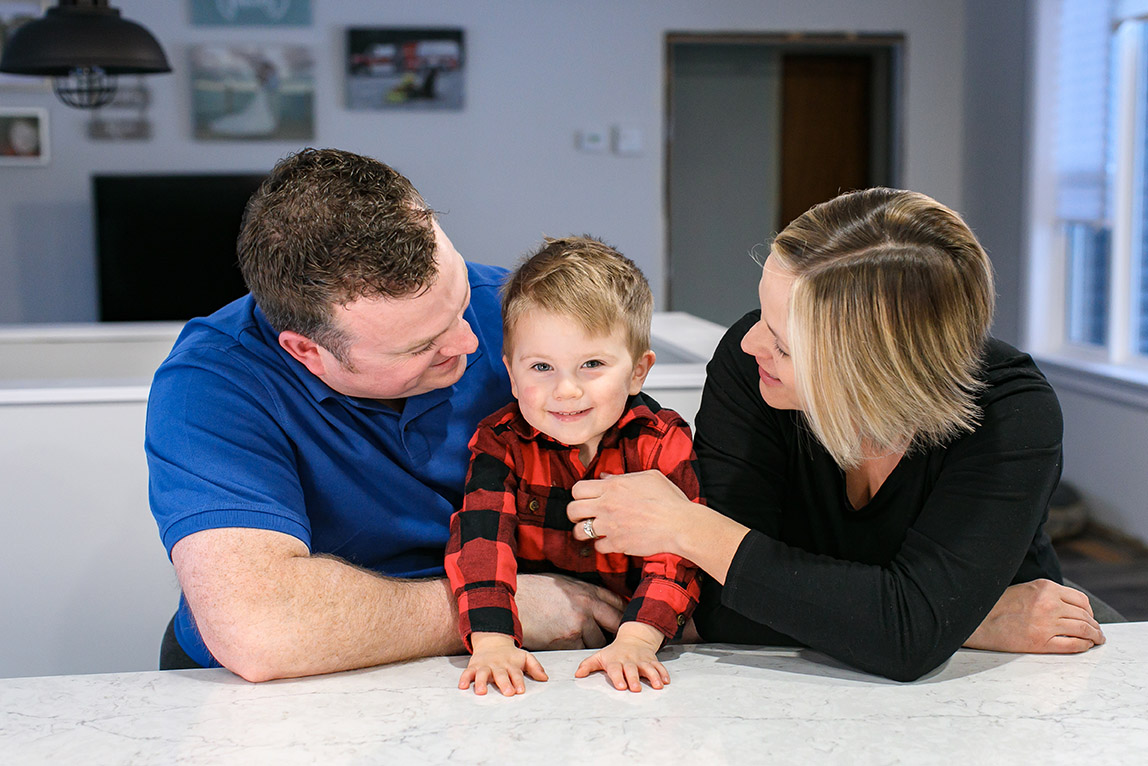
Ryan Young was born and raised in tiny Prince Edward Island (PEI), surrounded by water his entire life. Tanya Wiltshire is a native of landlocked Alberta. They met, fell in love and got married. Eastern and Western Canada, brought together by the romantic notion of serving in the Royal Canadian Navy.
“The recruiter told me that you get to shoot guns and drive fast boats,” Tanya says with a chuckle, an idea that obviously appealed to both her and her future husband.
They met in the Navy Reserves when Tanya moved to Halifax for training in 2002. They were both Boatswains, a job which covers a wide range of duties. Bos'ns (as they call themselves) are responsible for the safe operation and maintenance of everything from the ship's rigging and cargo-handling equipment to its boats and small craft—the fast ones Tanya wanted to drive.
The best thing VAC did for our family is it forced us to do a little soul searching and made us think about what we want and what brings value to us.
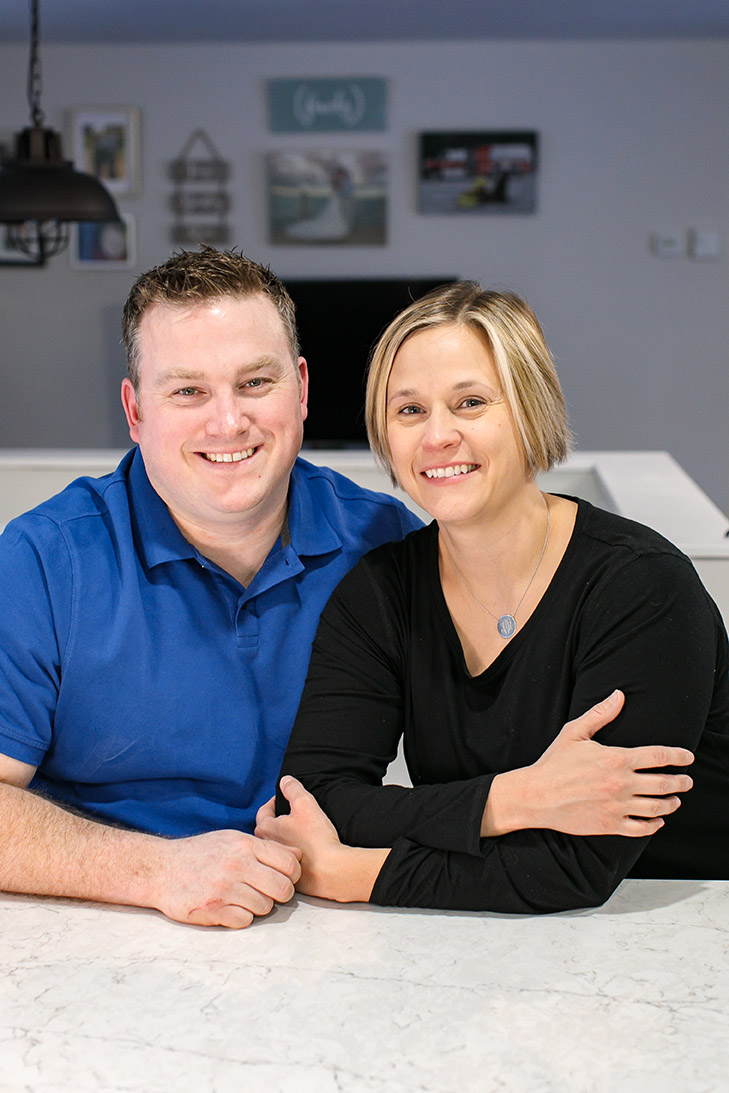
Tanya had already released after 14 years in the Reserves with a college diploma and university degree under her belt by the time Ryan released in July 2017. The Navy was a huge part of Ryan's life for 16 years, but the thrill of being in New York City during Fleet Week or twice sailing through the Suez Canal could not compete with the uncomfortably long absences from his family.
“I saw the impact that being away from home for so long had on others and I didn't want that to happen to me. I didn't want to be an absent father,” he says. “When Bradley was born, it changed everything for me.”
So, with baby Bradley in tow, they headed to PEI so that they could be closer to Ryan's family.
“We've had a lot of “what were we thinking' moments during all of this,” Tanya says. “But, that all fades away when I see my husband home every night, bonding with our son.”
Uprooting their little family and leaving familiar surroundings added to the already stressful transition to post-military life. But, Ryan says being able to rely on his wife for support has been an important part of his process.
“We can talk about situations that have happened and she helps me work through it,” he says. “Tanya's been there. She's done it. She's seen it. She understands.”
Of course, not every Veteran is as fortunate as Ryan. But, Tanya says that no Veteran has to go it alone.
“Look for a group to support you,” Tanya says. “Don't be afraid to ask for help. Find a group of people to support you—family, friends, the Legion, whoever.”
Ryan and Tanya say they are grateful for the support they have received from Veterans Affairs Canada (VAC), despite Ryan's initial reluctance to take advantage of what is available.
“I didn't medically release, so I thought to myself, “I'm fine, I can walk, I can work,” Ryan says, though he now sees the importance of programs like Career Transition Services that offer support in resume writing, interview preparation and tips on finding a job.
Ryan plans to go back to school in the fall and is planning to apply for VAC's Education and Training Benefit, a program that provides funding for college, university, technical education or other short-term programs.
“VAC is not just for the ill and injured—you guys are the best-kept secret,” Tanya says, which, of course, can in itself be seen as a challenge. Ryan and Tanya both say they had to do a lot of digging to find out what is available to them at VAC.
“It probably shouldn't have been as difficult as it was. Networking is the biggest thing,” Ryan advises. “Reach out to a case manager. Have a long-term plan and then have an alternate plan.”
Tanya agrees, and explains that transitioning is hard work and that everyone needs to be prepared for that.
“Anybody can do it, but the only person who is going to get you through your transition is you.”
Invictus Games Down Under
Last year, the Invictus Games moved Down Under to Sydney, Australia. Athletes from Team Canada enjoyed a week of competition, camaraderie, personal bests and a good dose of sightseeing with family and friends.
The week started off a bit rocky. Rain delayed the opening ceremonies by three hours, but it did not dampen the spirits of the 491 athletes from 18 nations—nor those of the 105,000 spectators, friends and family members who were there.
The outstanding sportsmanship of the athletes and the support they received from their families, friends and competitors from other nations was truly inspiring. We know. We saw it firsthand. We spent time with the athletes, their friends and their families. We cheered them on. We captured some exciting moments (we are looking at you, Andrew Knisley, Mark Vokey and Rob Dolson). We were even invited to a moving vow renewal (thank you Dean and Gailynne for inviting us to such a special moment in your lives).
The Invictus Games are awe-inspiring. The athletes and their families and friends touched our hearts and inspired us to tell their stories. Check out our Canada Remembers Facebook page for videos from the Invictus Games, and get inspired, get excited and get ready for the Invictus Games 2020 in The Hague
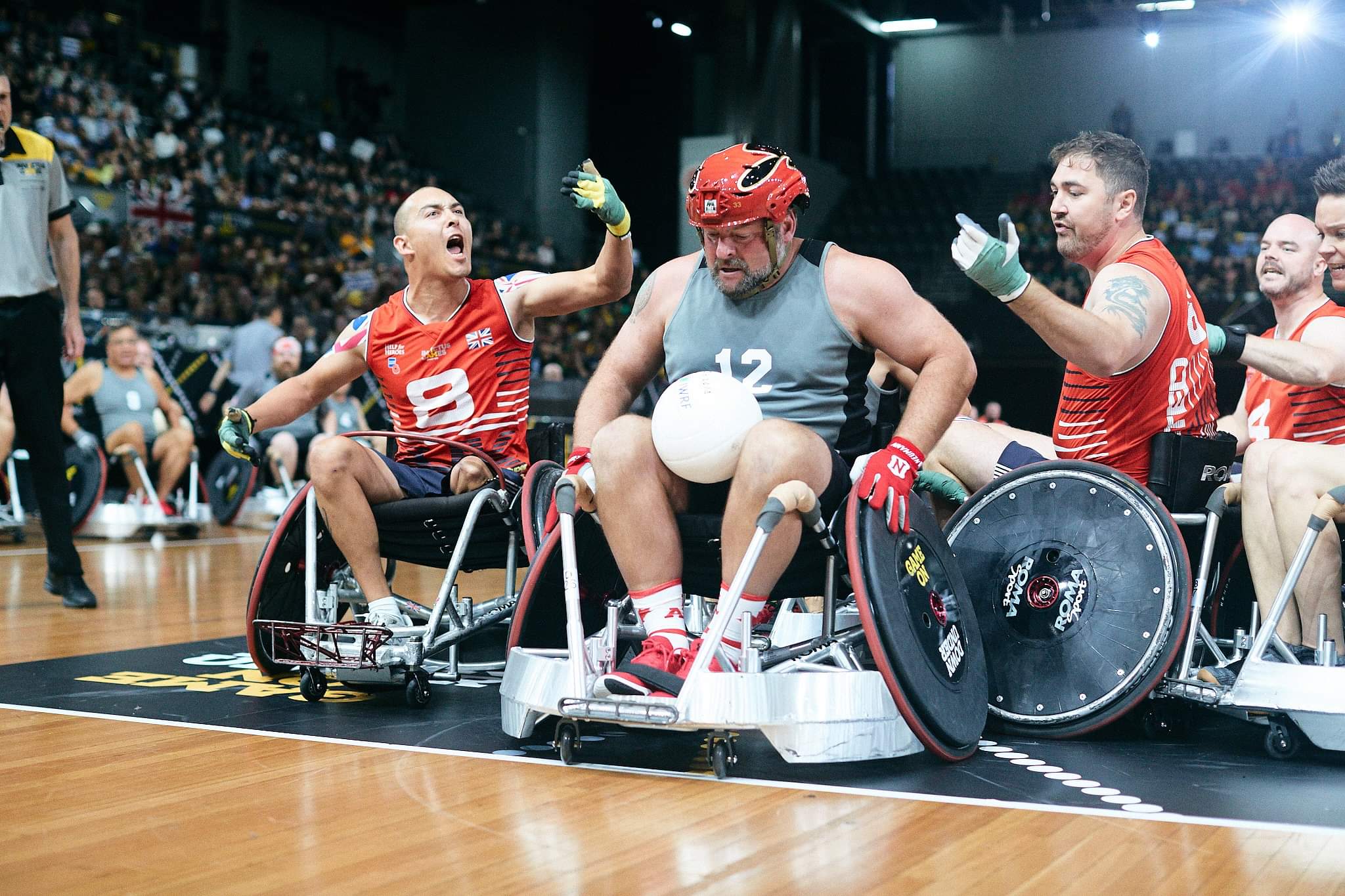
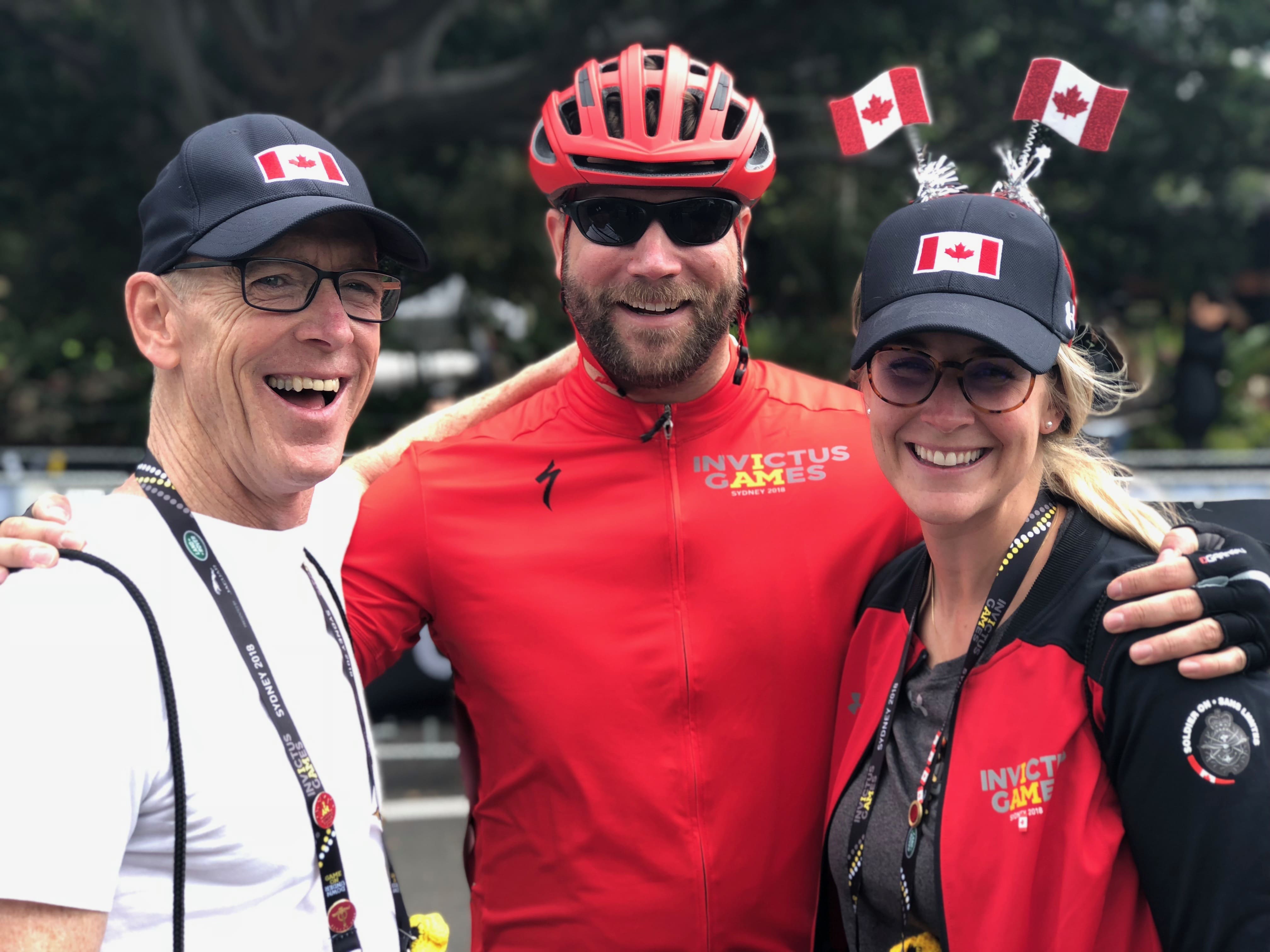
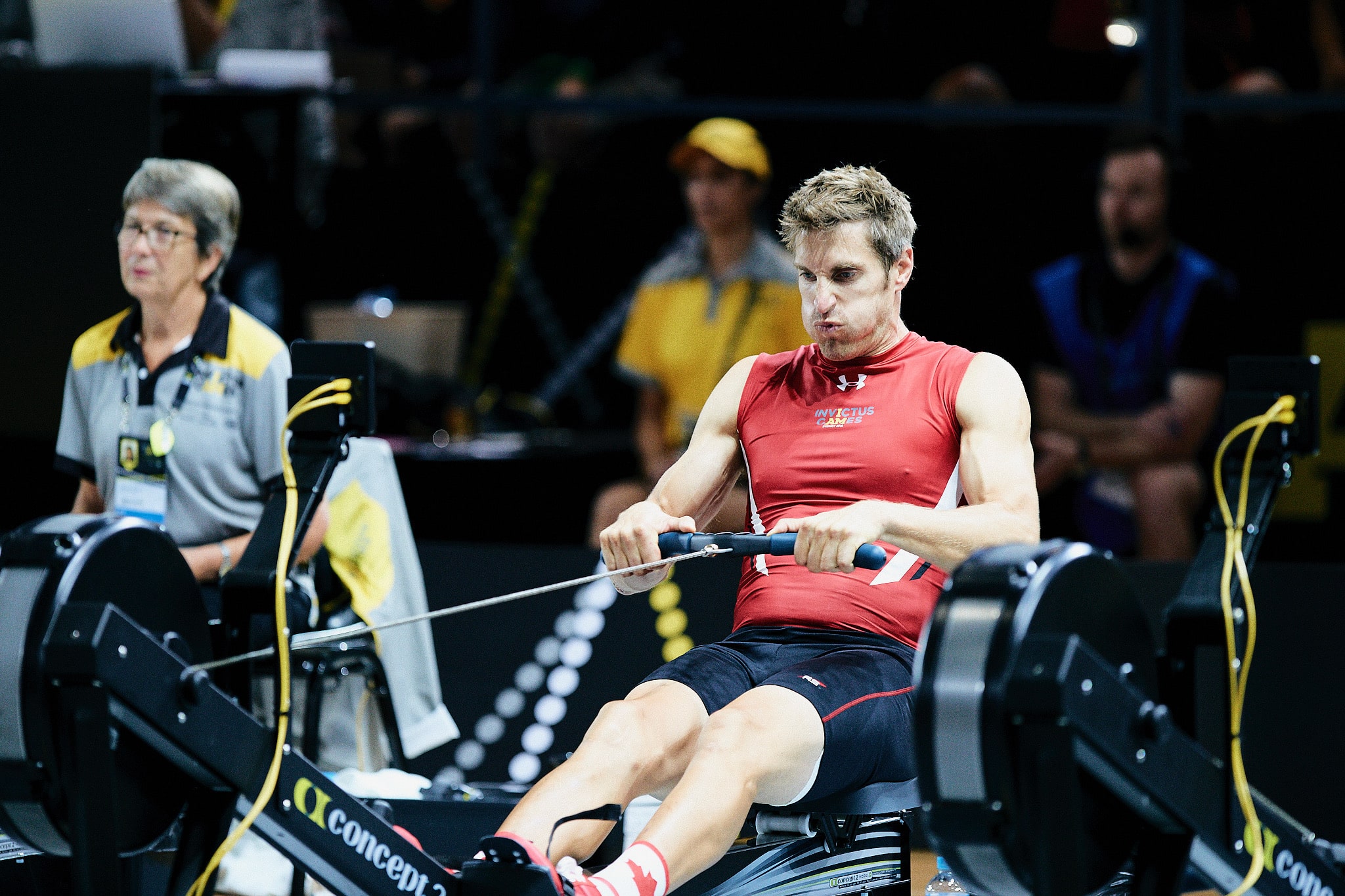
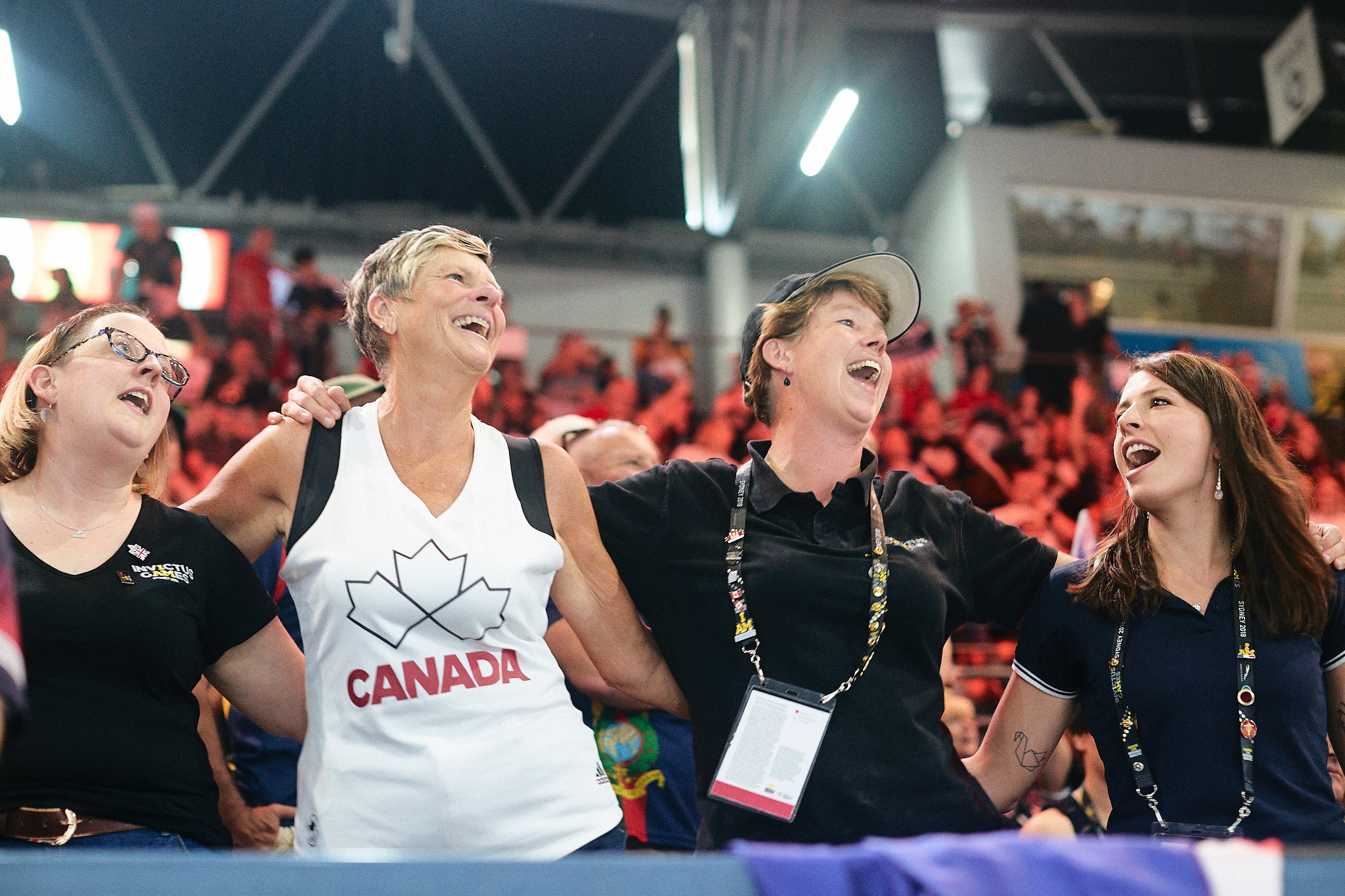
Canada Remembers
Veterans Affairs Canada cares for 14 memorial sites in Europe and the United Kingdom, commemorating the service and sacrifice of Canadians and Newfoundlanders during the First and Second World Wars.
At the end of the First World War, more than 20,000 fallen Canadians and Newfoundlanders had no known grave. Most of their names can be found on the Canadian National Vimy Memorial, the Menin Gate or the Beaumont-Hamel Newfoundland Memorial.
Some of our best gardeners are sheep. The gentle grazing of more than 500 sheep protect the preserved battlefields at Vimy and Beaumont-Hamel, while reducing our environmental footprint.
Coming up in 2019—in Canada and overseas
On 6 June 1944, some 14,000 Canadians joined Allied troops to storm the beaches of Normandy and breach Nazi Germany's “Fortress Europe.” D-Day and the ensuing Battle of Normandy were among Canada's most significant military engagements of the 20th century. More than 5,000 Canadian soldiers died.
In Canada and overseas, we have a program of events to honour the 75th anniversary of D-Day and the Battle of Normandy. We will share the stories of our fellow Canadians—the Faces of Freedom—who travelled from locations across our country to sail from Halifax, Nova Scotia, and bravely serve in Europe.
In 2019, we will also honour the fifth anniversary of the end of Canada's mission in Afghanistan, the 75th anniversary of the Battle of the Scheldt and the 75th anniversary of the Italian Campaign. Canadians achieved so much—and sacrificed dearly—to defend peace and freedom around the world.
Visit our calendar of events to get involved.
We are proud to thank those who served, and continue to serve our country.
NOMINATE AND HONOUR THOSE WHO SERVE
Since its creation in 2001, the Minister of Veterans Affairs Commendation has been awarded to almost 1,200 Canadians from every walk of life. These deserving Canadians offered outstanding volunteer service to Veterans, their communities and their country. Nominate someone today.
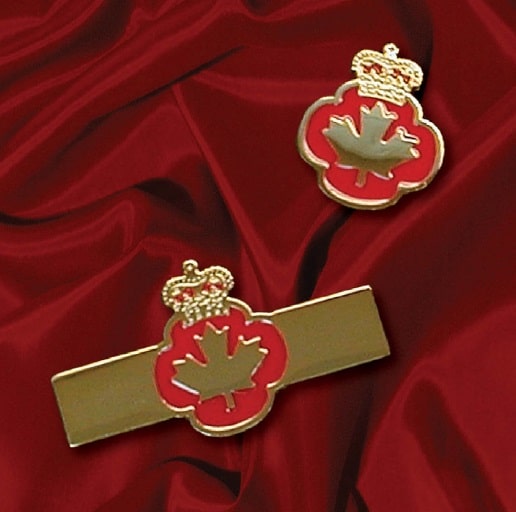

DID YOU KNOW?
The Canadian National Vimy Memorial and the Beaumont-Hamel Newfoundland Memorial in France welcome more than 1,000,000 visitors each year. These memorials stand as a tribute to all Canadians and Newfoundlanders who served and died during the First World War.
Building on your service
On 1 April 2018, we delivered new benefits, which offer a range of support to build on your service. From finding a new job, to furthering your education, to supporting your caregivers—these programs are designed to support you, and your whole family.
EDUCATION AND TRAINING BENEFIT
Thinking of going back to school after your career in the military? Join close to 1,000 members of your Veteran community who have already received funding for college, university, technical education, and short-term programs.
Q: Is there a time limit associated with the Education and Training Benefit?
You will have up to 10 years following your release date to use the funding available from this benefit. If you released between 1 April 2006 and 31 March 2018, you have until 31 March 2028 to use the funding.
Q: Can I apply as a still-serving member so that can start school as soon as I am released?
Since the eligibility criteria require us to confirm your honourable release and your total years of service, a decision cannot be made until you have officially released from the Canadian Armed Forces (CAF).
Learn More
CAREER TRANSITION SERVICES
To date, the Career Transition Services program has helped more than 1,200 Veterans find careers best suited for them.
Q: If I am a still-serving member, do I have access to Career Transition Services?
If you are an active member of the CAF (Regular Forces or Reserve) who completed basic training, you have access to certain aspects while still serving.
Q: Can I use Career Transition Services more than once during my lifetime?
Yes. If you are a Veteran or survivor, you can access Career Transition Services whenever you have career transition needs, as long as you still meet the programs requirements.
Learn More
VETERAN AND FAMILY WELL-BEING FUND
In 2018-2019, we awarded $3 million to 21 organizations for projects ranging from supporting homeless and at-risk Veterans, to improved psychological treatment for PTSD, to creating work opportunities for disabled Veterans.
Q: Will more organizations receive funding?
Absolutely. We will award $3 million annually in grants and contributions. The 2019 call for applications is now closed and new recipients will be announced later this year.
Q: How much funding can an organization apply for?
We may award grants up to a maximum of $250,000 per fiscal year, for a maximum of five years; and contributions up to a maximum of $1 million per fiscal year, for a maximum of five years.
Learn More
CAREGIVER RECOGNITION BENEFIT
Close to 600 caregivers are receiving $1,000 per month, tax-free through our Caregiver Recognition Benefit.
Q: Is there a time limit to apply for this benefit?
No. You can apply for this benefit at any time.
Q: Who is considered a caregiver?
A caregiver is a person 18 years of age or older who plays an essential role in the provision or coordination of ongoing care to you in your home for which the caregiver receives no payment.
Learn More
VETERANS EMERGENCY FUND
Through the Veterans Emergency Fund, we have supported more than 570 Veterans and their families with emergency funding. If you or your family needs financial help with an emergency, contact us. We may be able to provide short-term relief.
Q: Do I need to receive benefits from VAC to apply for emergency funding?
No. However, we will require the information about the Veteran in order to confirm their service history.
Q: Can you provide a few examples of what people may apply for?
The Veterans Emergency Fund is intended to help with short-term urgent, unexpected emergencies. The emergency fund will cover essential needs, which may include:
- Food
- Clothing
- Shelter
- Medical care/expenses
- Expenses required to maintain safety and shelter
Learn More
To learn more about our programs and services, visit veterans.gc.ca/eng/services
Supporting your mental health
In the military or after service, at some point during our lives nearly all of us will experience a traumatic event that will challenge our view of the world or ourselves. Depending upon a range of factors, some people's reactions may last for just a short period of time, while others may experience more long-lasting effects. Why some people are affected more than others has no simple answer.
Your mental health is a big part of your overall well-being. If you think we can help, you and your family can go to any Military Family Resource Centre in the country and the Veteran Family Program can help with transition programs, referral services, intervention support and other useful information.
You and your family must seek help when you need it. That is why we are working with the Canadian Armed Forces (CAF) to improve our mental health programs and services.
The new Centre of Excellence on Post-Traumatic Stress Disorder and Other Related Mental Health Conditions will help health care providers to better understand military and Veteran mental health, suicide prevention and substance-use disorders.
The Operational Stress Injury Social Support (OSISS) Program and the Helping our Peers by Providing Empathy (HOPE) program use peers to connect with military members, Veterans and their families. OSISS provides peer support to active CAF members, Veterans and family members impacted by an operational stress injury.
HOPE offers peer support to families who have lost a loved one. Following adversity, Veterans and family members find resilience and hope through HOPE. We will hold a Facebook Live event during Mental Health Week in May.
You are not alone. If you, as a Veteran or Veteran family member, are in need of psychological support, please reach out. Free, confidential support is available to you, 24 hours a day, seven days a week, by calling 1-800-268-7708. All Veterans, CAF members and Canadians in general can reach out, stand together and support each other.
Joint Suicide Prevention Strategy
The Joint Suicide Prevention Strategy is part of our commitment to the well-being of military members, Veterans and their families.
We developed the Joint Suicide Prevention Strategy with our colleagues at the Canadian Armed Forces (CAF) to help reduce the risks associated with Veteran suicide and prevent them whenever possible. This comprehensive well-being approach includes communicating and working with Veterans, military members, their families, the public and the media on suicide prevention.
We want to better understand the challenges that you face. We will continue Veteran-specific research, including through the Centre of Excellence on Post-Traumatic Stress Disorder (PTSD) and Other Related Mental Health Conditions. This virtual centre is dedicated to sharing research and knowledge on PTSD and mental health.
Caregivers, friends, family members and advocates for Veterans can take Mental Health First Aid for the Veteran Community free of charge. This two-day course shows how to recognize and assist with addiction and mental-health issues. It also offers advice on how to develop connections in the community.
You and your family are our focus as Veterans Affairs Canada and the CAF work together to make your transition as simple as possible. Our mission is to create a community that supports you from the moment you enter the CAF, throughout your career and post-service life.
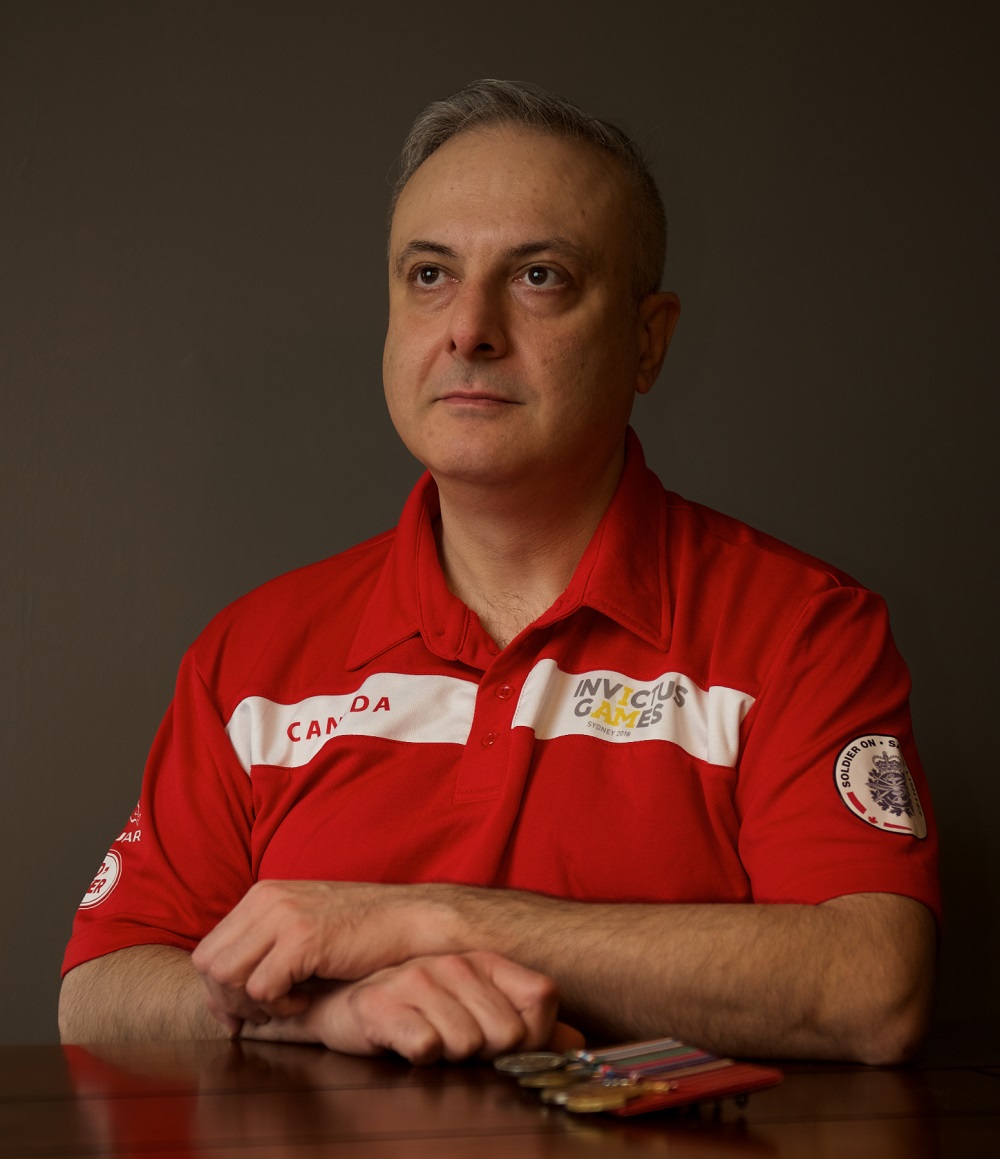
To be that Sergeant again.
The vehicle that Sgt. (Retired) John Tescione was riding in on New Year's Eve, 1994, sits in the Canadian War Museum in Ottawa. It has no fewer than 54 bullet holes, likely more. Seven hit John. Fragments of the four bullets that struck his head are still there, a quarter-century later.
The physical and emotional trauma of that night linger—the night that he and a buddy from the Royal Canadian Regiment 1st Battalion were ambushed by a group of Serbians. They volunteered for this, serving in Croatia as United Nations peacekeepers, but at that moment, it felt more like war.
“The bravado of it all, you feel indestructible. I trained for so long to be doing what I was doing,” he says. “As shocking as it all may be while you're in it, you almost pray for something like that to happen.”
John and Cpl. (Retired) Phil Badanai both suffered severe injuries. It's difficult to imagine, but John healed quickly and returned to service a month later. The years passed and he struggled with ongoing physical and emotional trauma, but John says he didn't want to appear weak. He missed appointments to see a military psychologist and ignored advice to get the help he obviously needed.
“You don't understand it because you've never felt pain like that before,” he says. “And then you start to worry about what people think of you.” Post-traumatic stress disorder (PTSD) was not well understood at the time of John's recovery. He served for 10 more years with his beloved 48th Highlanders before he was diagnosed with PTSD in 2004. He discharged from the reserve in November 2006.
John found help with peer support through Operational Stress Injury Social Support (OSISS). OSISS had such an impact that he eventually became the peer support coordinator for the GTA. He wanted to give something back to the program, but he found that it helped him too.
“You leave these conversations an hour or two later and you're physically drained,” he says. “But, you have this energy that develops inside you because you know that you're helping somebody. It was therapeutic. I loved it.”
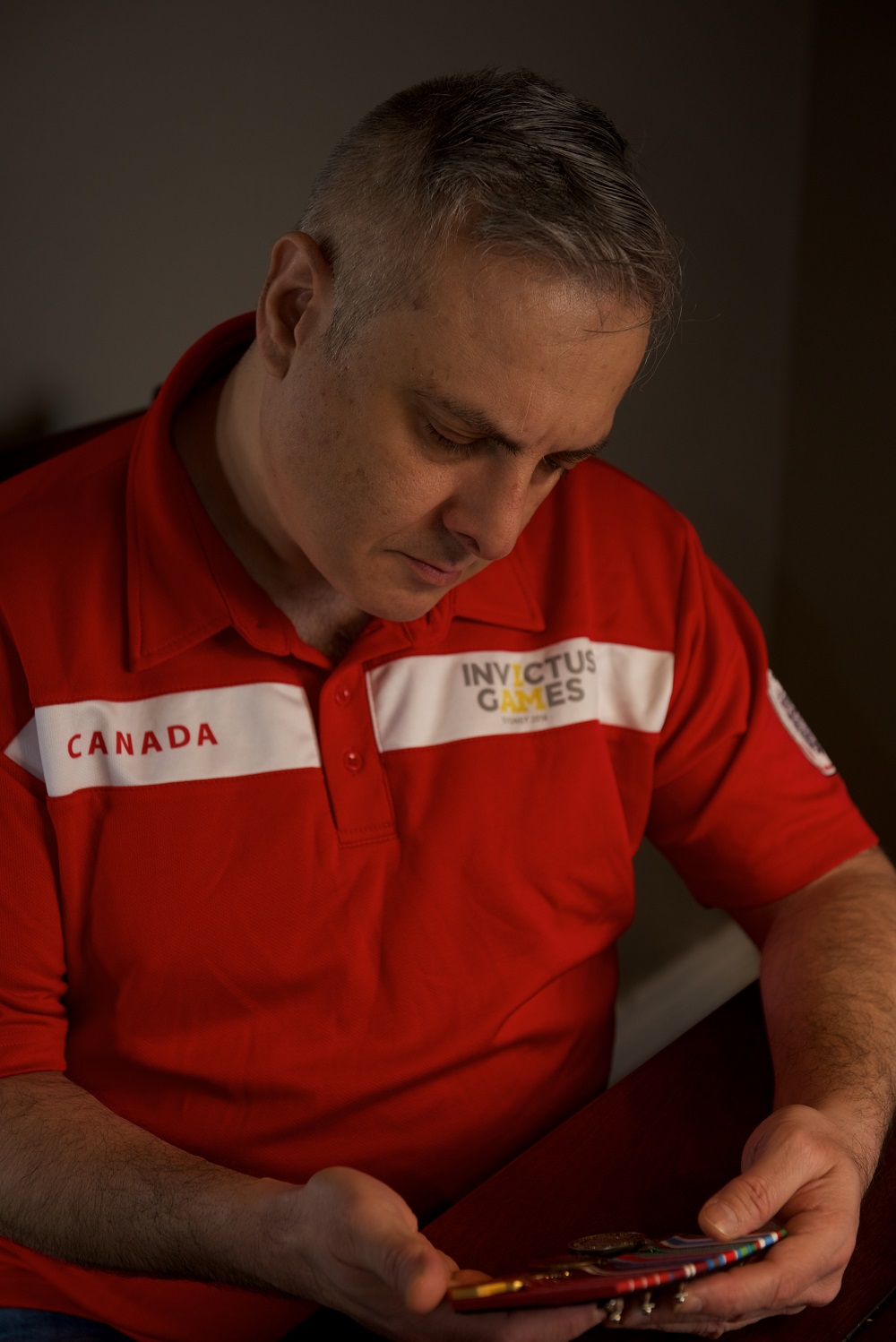
With PTSD, however, sometimes dark periods return. John entered treatment for his PTSD-related alcoholism and exited three months later a new man—clean, sober and 90 pounds lighter. Around that time, his old friend Phil Badanai was training for the 2017 Invictus Games in Toronto. The Invictus Games are an international event for ill and injured active duty members and Veterans.
“I felt like a zero. I was isolating myself and I felt like I wanted to die,” he says. “I couldn't believe that I got accepted into Invictus. It was like I hit the lottery.”
John didn't take home any hardware, but there is plenty of online video evidence showing him working the crowd in Australia. As he did with peer support, John is looking at how he can continue with Invictus.
“If you had told me two years ago that I would be running and sailing and have a whole new group of friends, I'd have told you that you were crazy.” John says he wants to “be that Sergeant again” and that his experience with Invictus has given him the drive to lead and be around people again. Brighter times, for sure.
